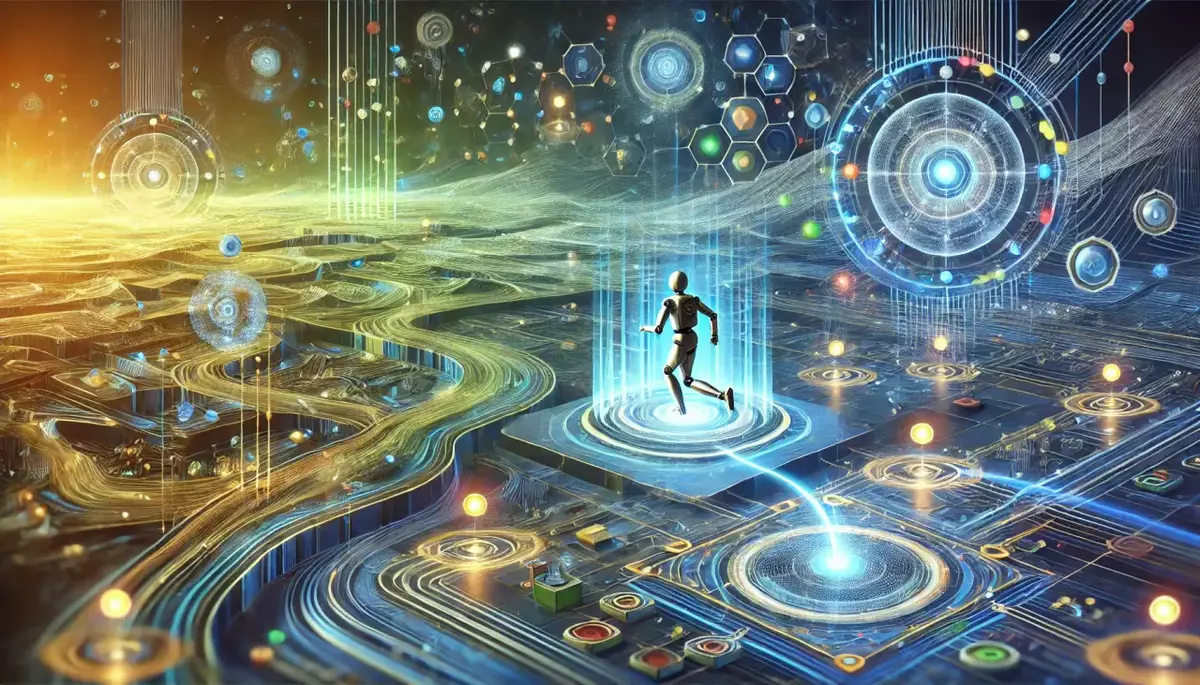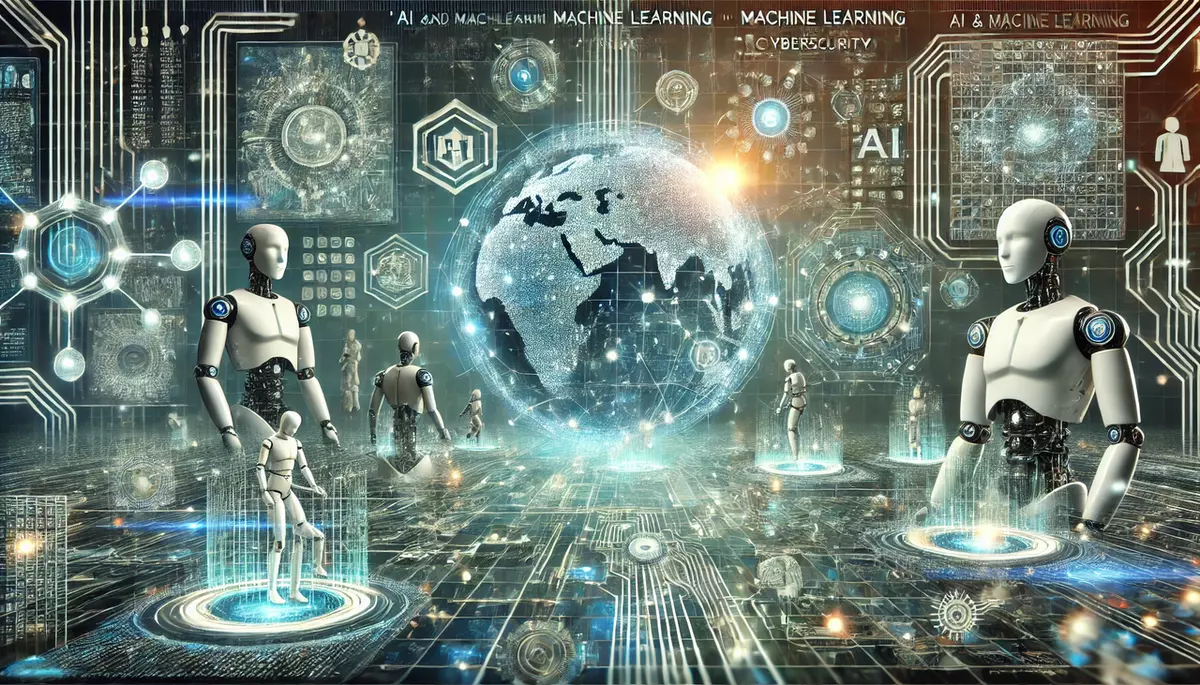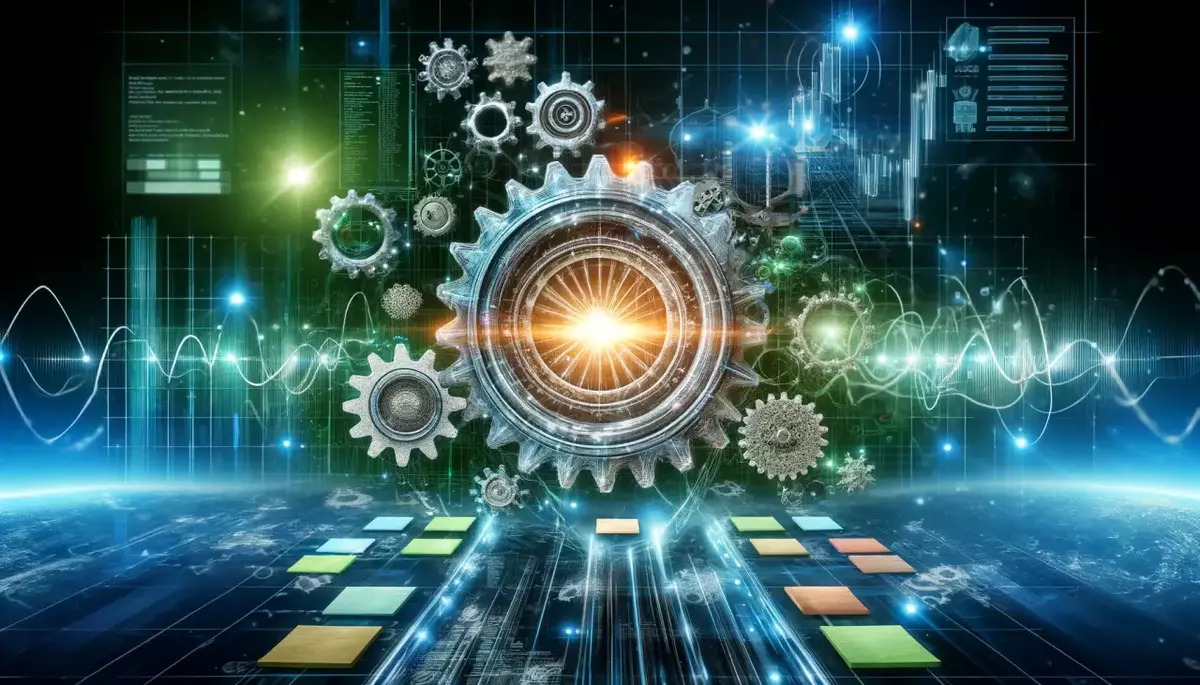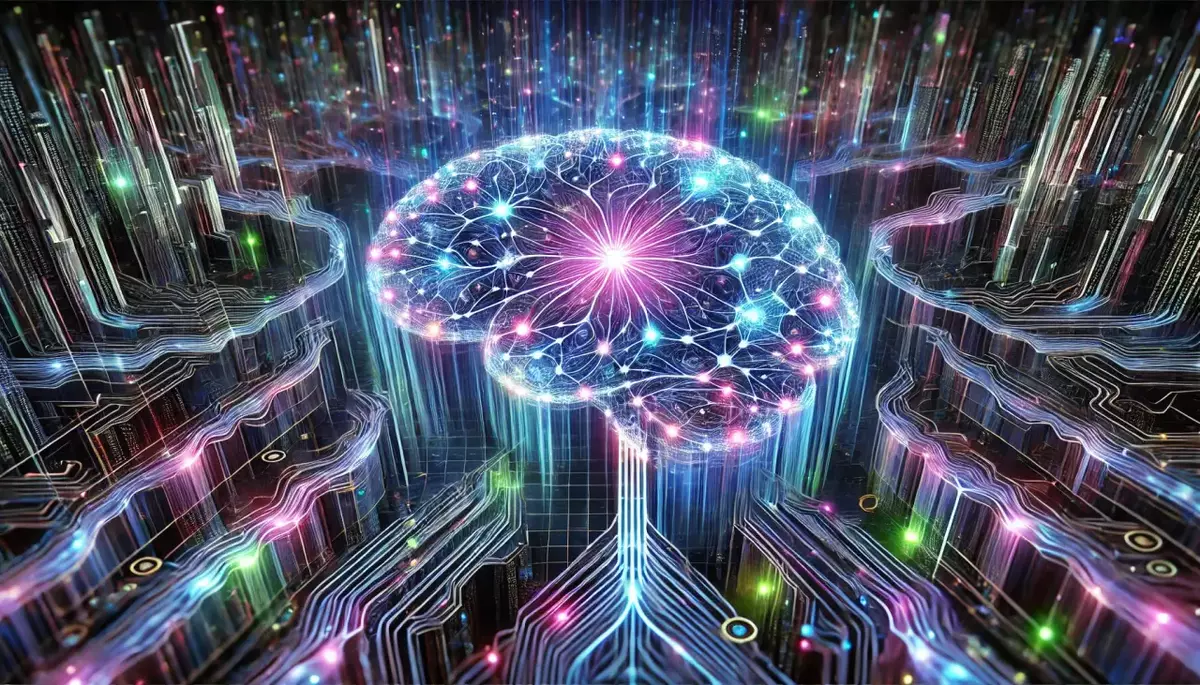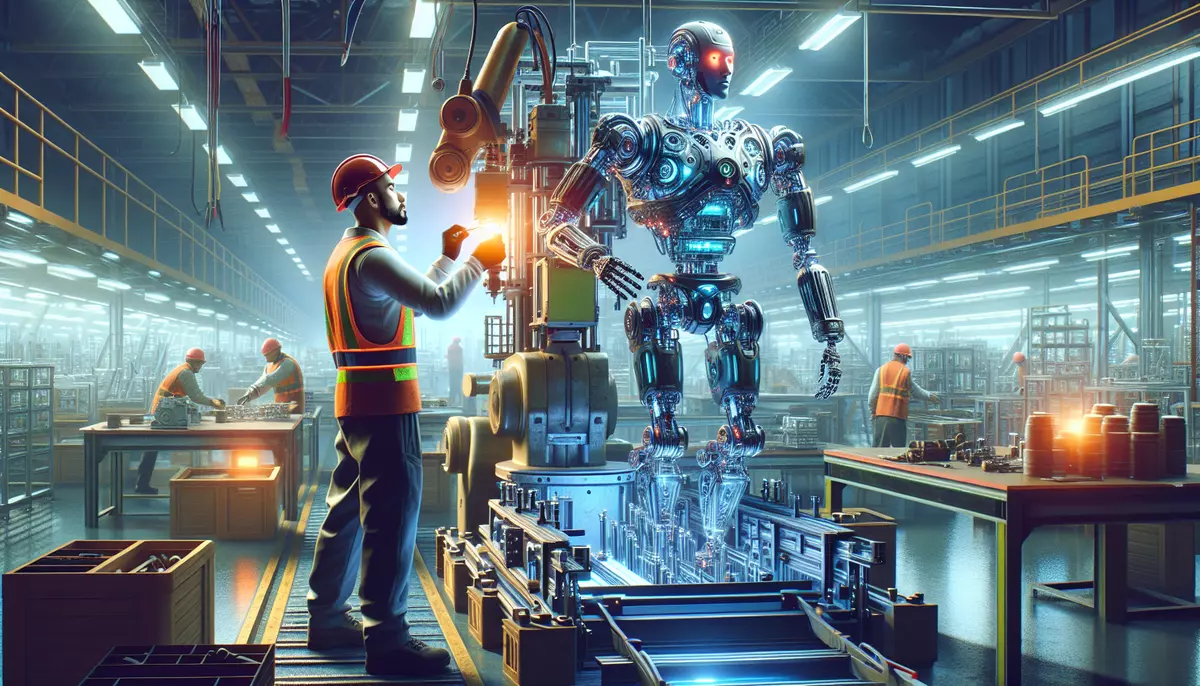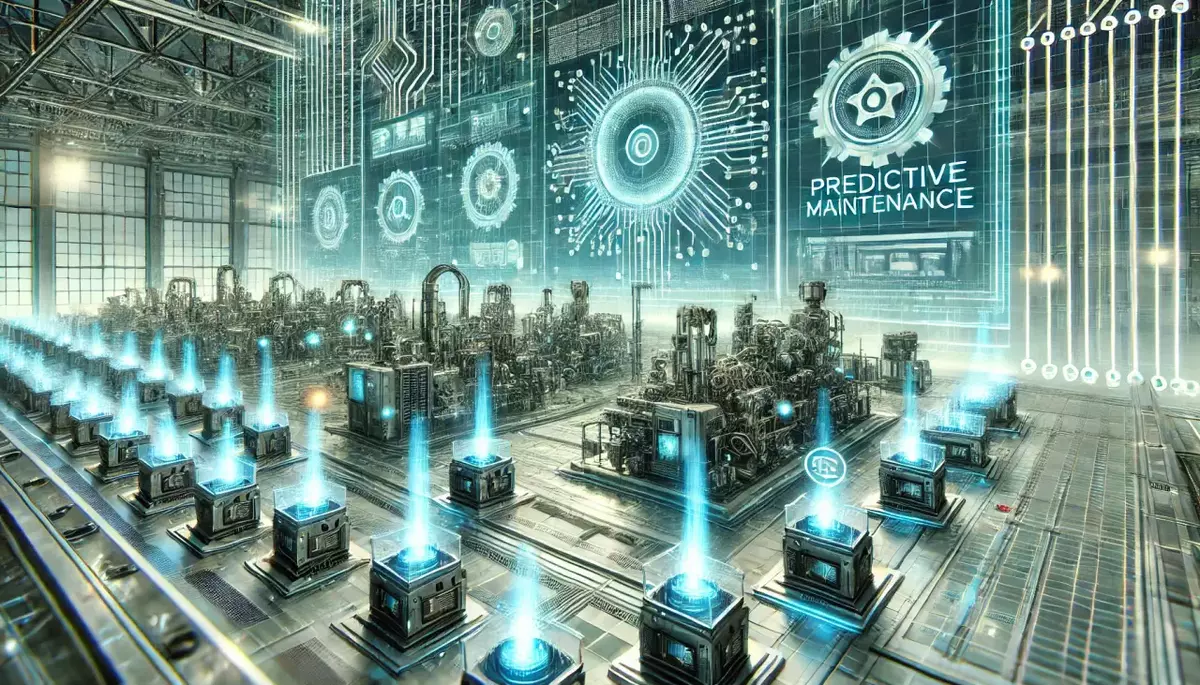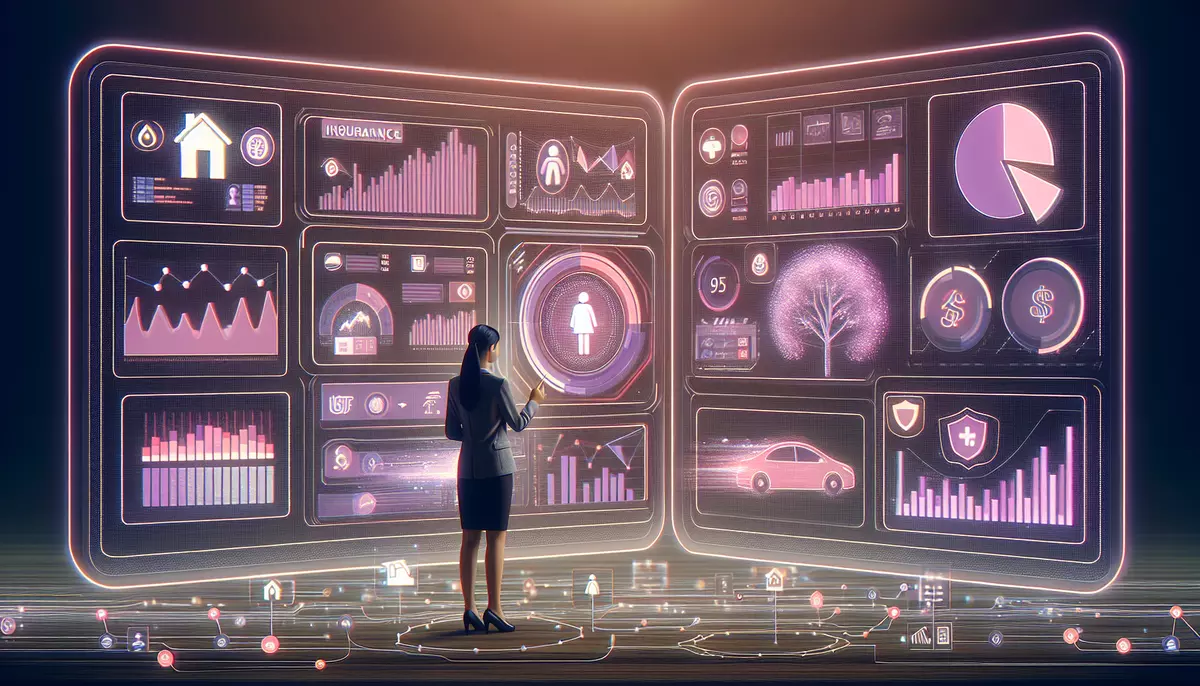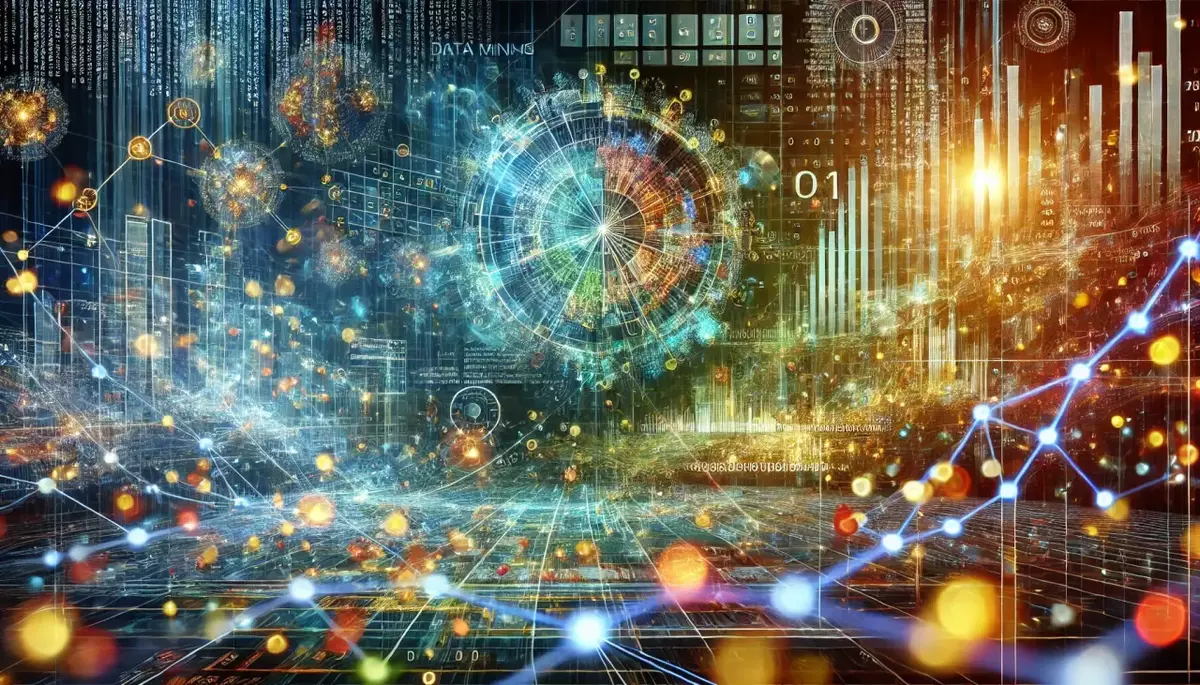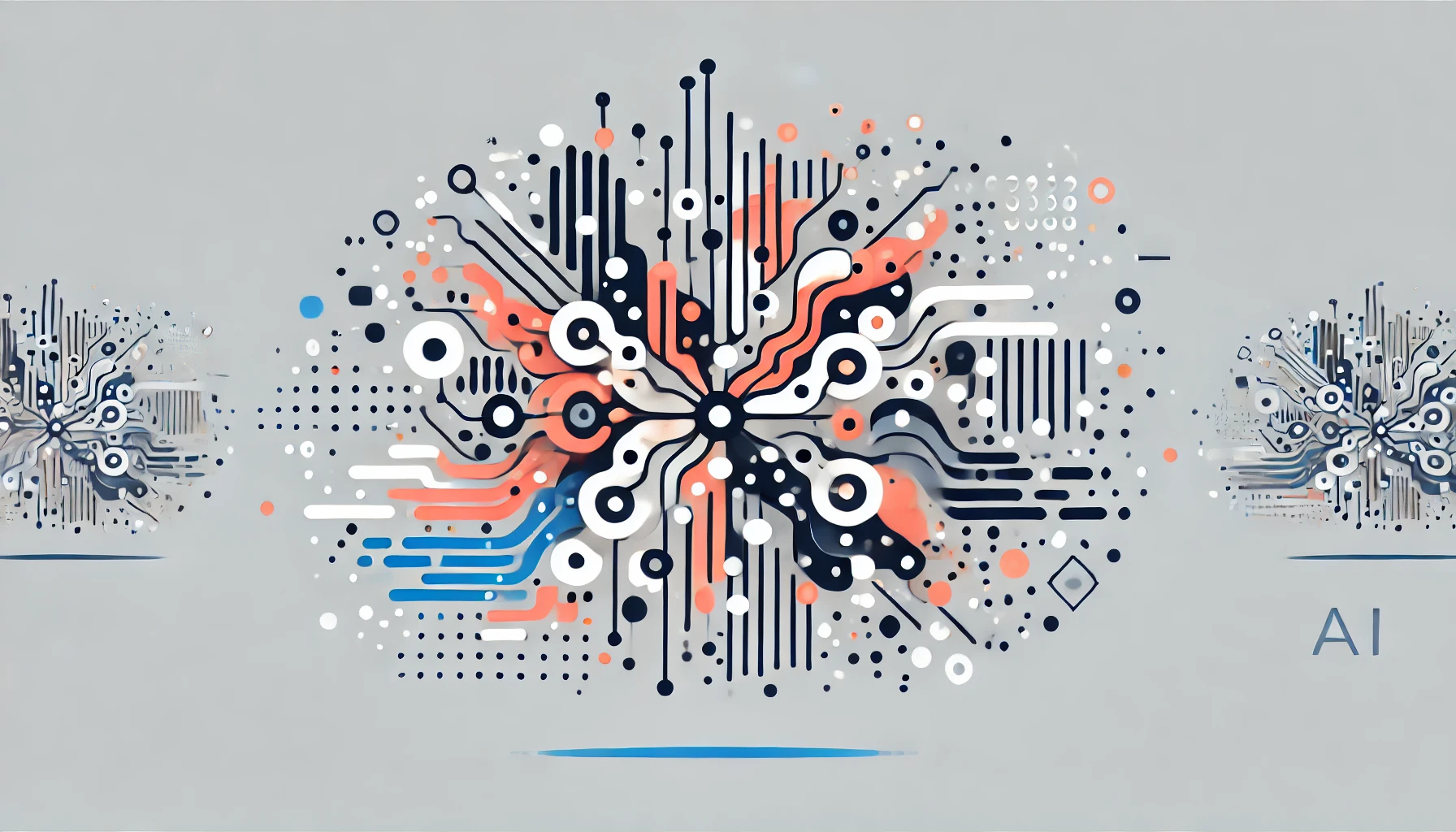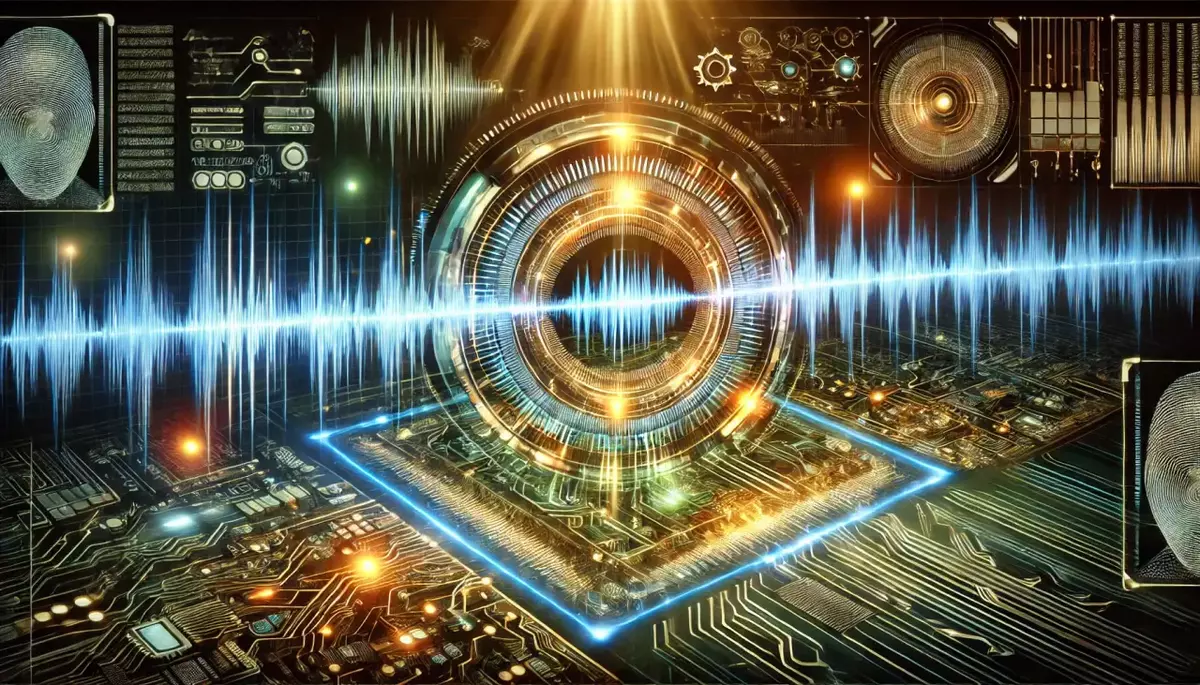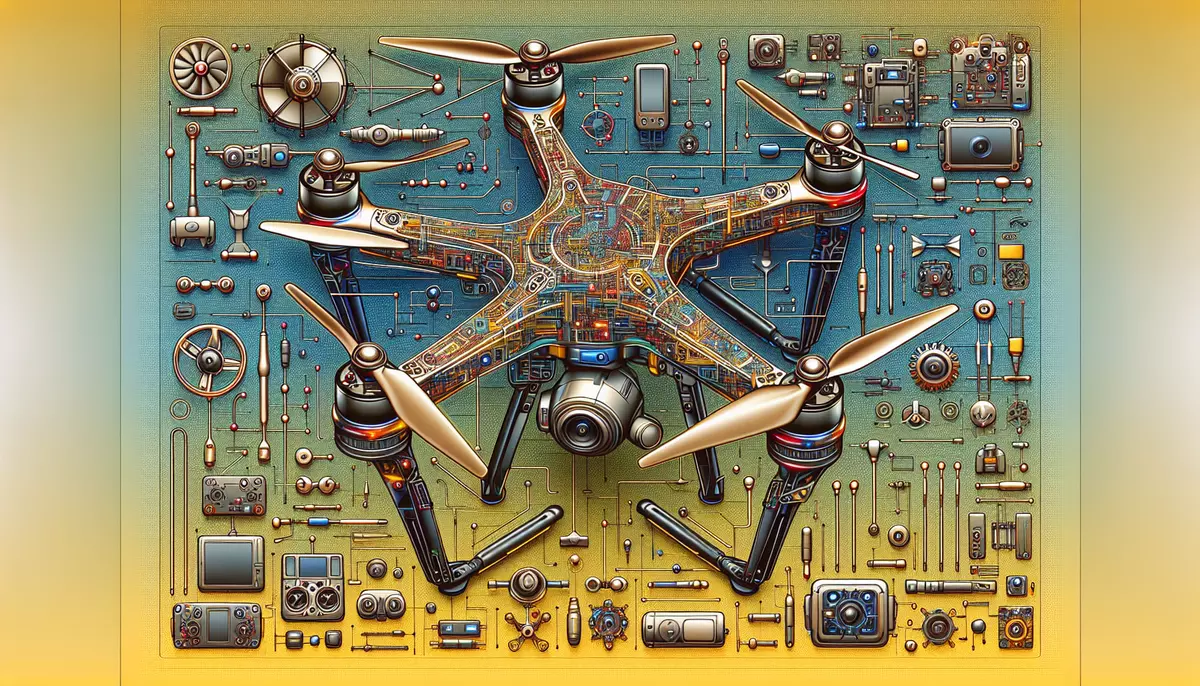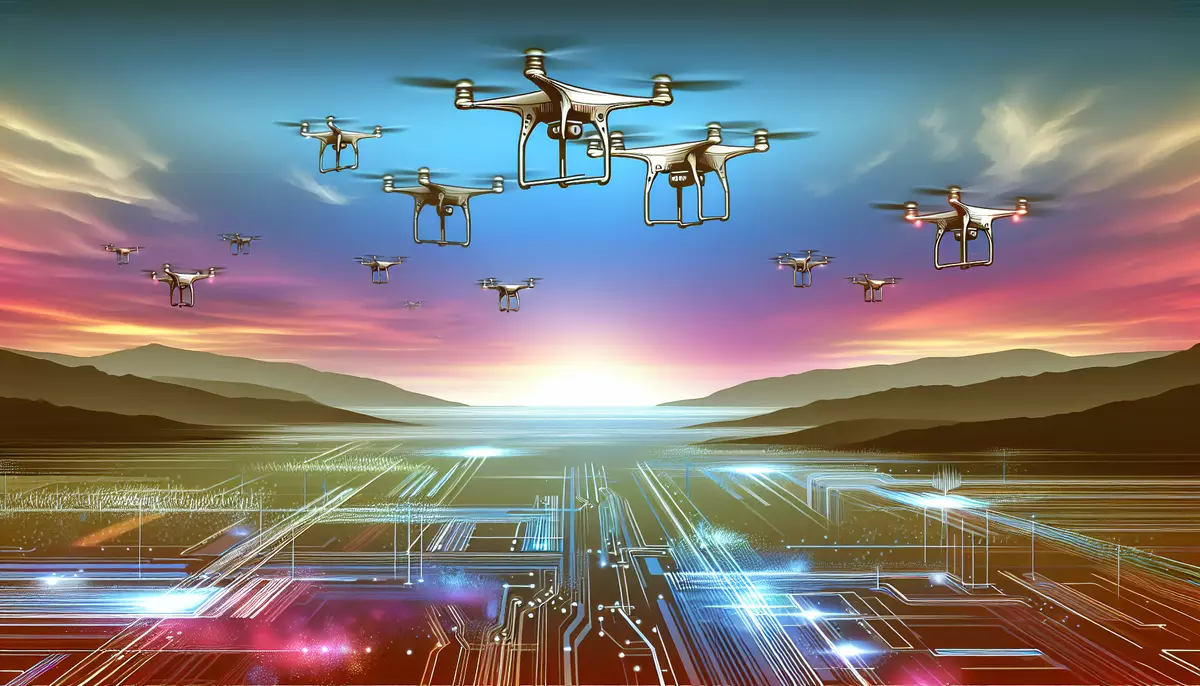Introduction
Reinforcement learning is a type of machine learning algorithm that enables an agent to learn and make decisions by interacting with its environment. It is inspired by the way humans and animals learn, where they receive rewards or punishments for their actions and use this feedback to guide their future behavior.
What is Reinforcement Learning?
Reinforcement learning is a computational approach to learning where an agent takes actions in an environment and receives rewards or penalties for those actions. The goal of the agent is to maximize the cumulative reward over time by learning which actions to take in a given situation.
Key Components of Reinforcement Learning:
- Agent: The decision-making entity that takes actions in the environment.
- Environment: The world in which the agent operates and receives feedback.
- Actions: The choices the agent can make in the environment.
- Rewards/Penalties: The feedback the agent receives for its actions, which can be positive or negative.
- State: The current condition or situation of the environment that the agent observes.
- Policy: The strategy the agent uses to determine which action to take in a given state.
How Does Reinforcement Learning Work?
Reinforcement learning follows an iterative process where the agent interacts with the environment, receives feedback, and updates its policy to improve its decision-making over time.
The Reinforcement Learning Process:
- Observe the State: The agent observes the current state of the environment.
- Select an Action: The agent selects an action based on its current policy.
- Receive Feedback: The agent receives a reward or penalty for the chosen action.
- Update the Policy: The agent updates its policy to improve its decision-making for future interactions.
- Repeat: The process continues, with the agent continuously learning and improving its policy.
Example of Reinforcement Learning:
Consider a robot navigating a maze. The robot’s goal is to reach the exit as quickly as possible. The robot is the agent, the maze is the environment, and the actions are the robot’s movements (e.g., move forward, turn left, turn right). The robot receives a positive reward for reaching the exit and a negative reward for hitting a wall. The robot uses this feedback to update its policy, learning which actions to take in different situations to maximize its chances of reaching the exit.
Applications of Reinforcement Learning
Reinforcement learning has a wide range of applications in various fields:
Game AI:
- Developing intelligent agents that can learn to play games at a high level, such as chess, Go, and video games.
Robotics:
- Enabling robots to learn complex tasks and navigate dynamic environments through trial and error.
Resource Management:
- Optimizing resource allocation and scheduling in areas like energy, transportation, and manufacturing.
Healthcare:
- Personalizing treatment plans and medication dosages based on patient feedback and outcomes.
Finance:
- Developing trading strategies and portfolio management systems that can adapt to market changes.
Challenges and Limitations of Reinforcement Learning
While reinforcement learning is a powerful technique, it also faces several challenges and limitations:
- Exploration vs. Exploitation: The agent must balance exploring new actions to discover better policies and exploiting its current knowledge to maximize rewards.
- Credit Assignment: Determining which actions led to a particular reward or penalty can be difficult, especially in complex environments.
- Sample Efficiency: Reinforcement learning can be data-hungry, requiring a large number of interactions with the environment to learn effectively.
- Scalability: Applying reinforcement learning to large-scale, real-world problems can be computationally intensive and challenging.
Advancements in Reinforcement Learning
Researchers and practitioners are continuously working to address the challenges and limitations of reinforcement learning, leading to several advancements:
- Deep Reinforcement Learning: Combining deep neural networks with reinforcement learning to handle complex, high-dimensional environments.
- Hierarchical Reinforcement Learning: Decomposing complex tasks into smaller, more manageable subtasks to improve learning efficiency.
- Multi-Agent Reinforcement Learning: Enabling multiple agents to learn and interact in the same environment, leading to more complex and realistic scenarios.
- Inverse Reinforcement Learning: Inferring the reward function from observed behavior, allowing for the transfer of skills to new tasks.
Conclusion
Reinforcement learning is a powerful machine learning technique that enables agents to learn and make decisions through interaction with their environment. It has a wide range of applications and continues to evolve, with advancements addressing its challenges and limitations. As the field of reinforcement learning progresses, it holds the potential to revolutionize how we approach complex decision-making problems in various domains.
This knowledge base article is provided by Fabled Sky Research, a company dedicated to exploring and disseminating information on cutting-edge technologies. For more information, please visit our website at https://fabledsky.com/.
References
- Sutton, R. S., & Barto, A. G. (2018). Reinforcement learning: An introduction. MIT press.
- Kaelbling, L. P., Littman, M. L., & Moore, A. W. (1996). Reinforcement learning: A survey. Journal of artificial intelligence research, 4, 237-285.
- Mnih, V., Kavukcuoglu, K., Silver, D., Rusu, A. A., Veness, J., Bellemare, M. G., … & Hassabis, D. (2015). Human-level control through deep reinforcement learning. nature, 518(7540), 529-533.
- Dayan, P., & Niv, Y. (2008). Reinforcement learning: the good, the bad and the ugly. Current opinion in neurobiology, 18(2), 185-196.
- Kober, J., Bagnell, J. A., & Peters, J. (2013). Reinforcement learning in robotics: A survey. The International Journal of Robotics Research, 32(11), 1238-1274.

